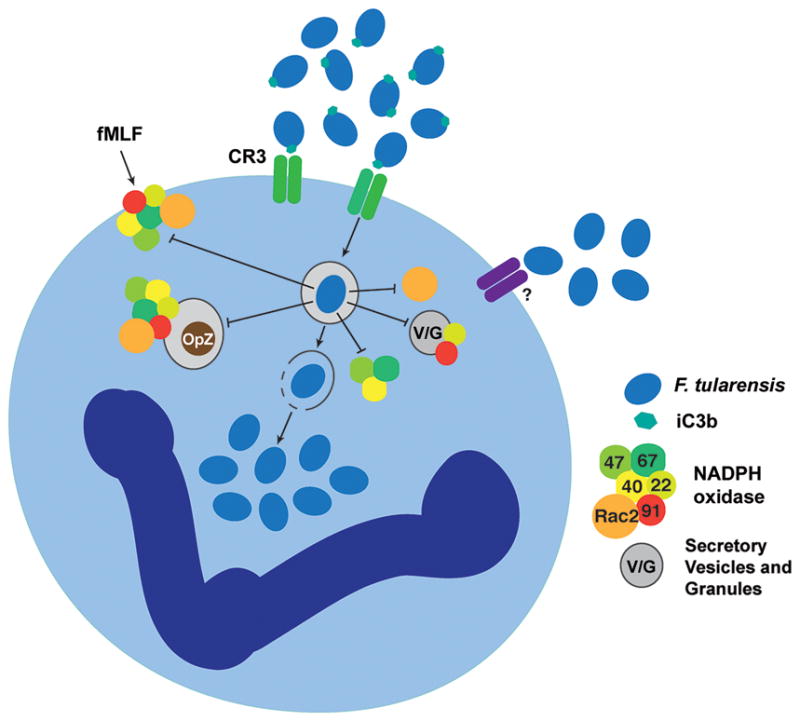Fig. 1. Inhibition of NADPH oxidase assembly and activity by F. tularensis.

F. tularensis opsonized with iC3b binds CR3 on neutrophils, whereas unopsonized bacteria bind a receptor that is not yet defined. NADPH oxidase assembly at the F. tularensis phagosome is blocked, and this is followed by disruption of the phagosome membrane and bacterial growth in the cytosol. In addition, F. tularensis also acts by a post-assembly mechanism to inhibit NADPH oxidase activity triggered by heterologous soluble and particulate stimuli such as formyl-methionine-leucine-phenylalanine (fMLF) and opsonized zymosan particles (OpZ). V/G includes secretory vesicles, gelatinase granules and specific granules (which together comprise the intracellular stores of flavocytochrome b558 in resting neutrophils).
